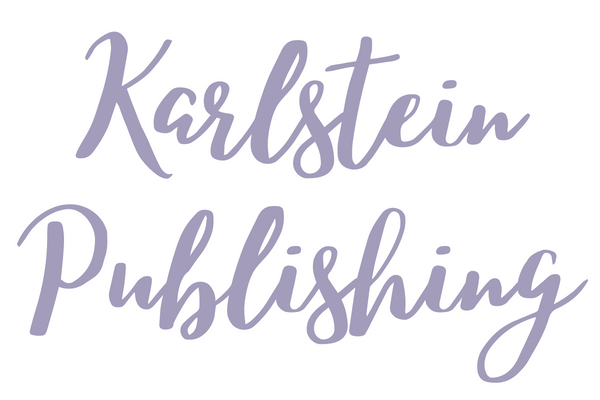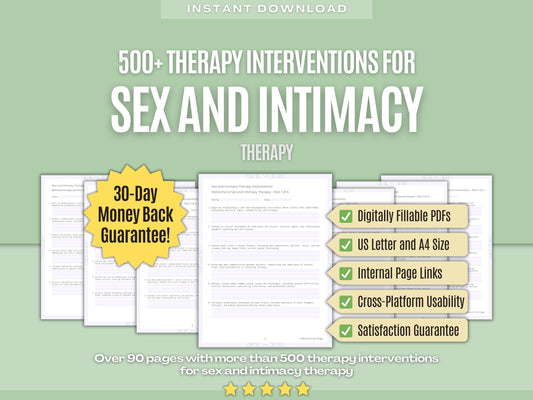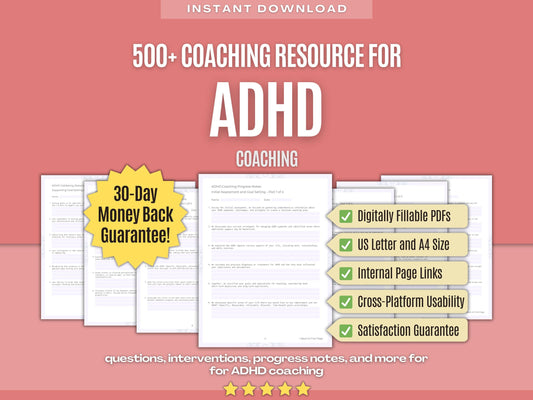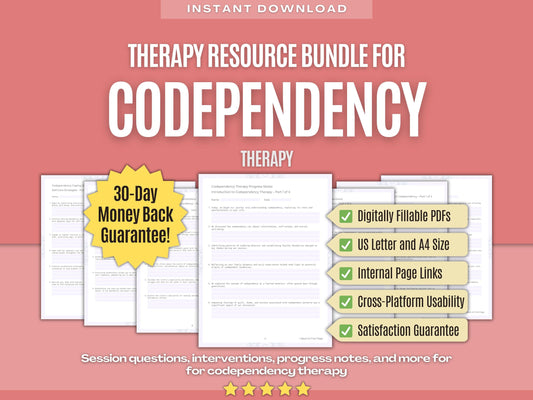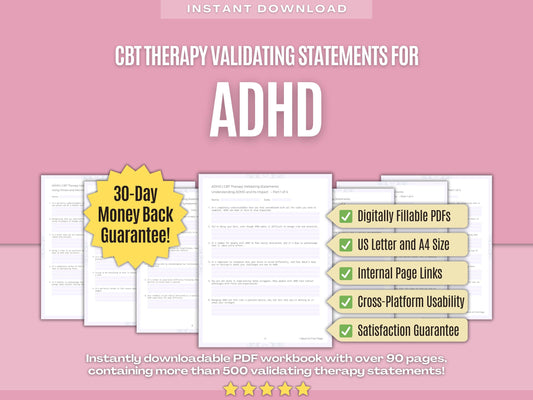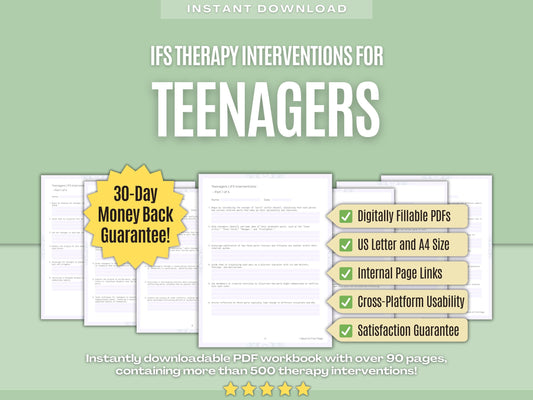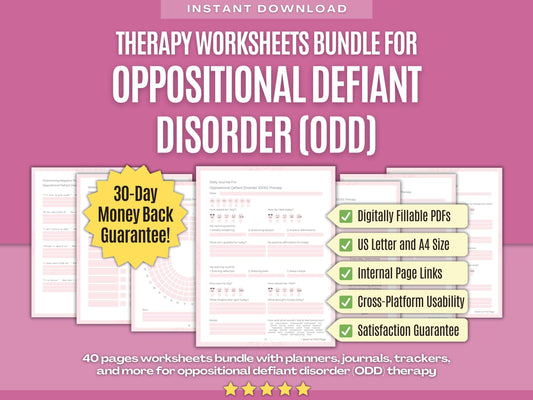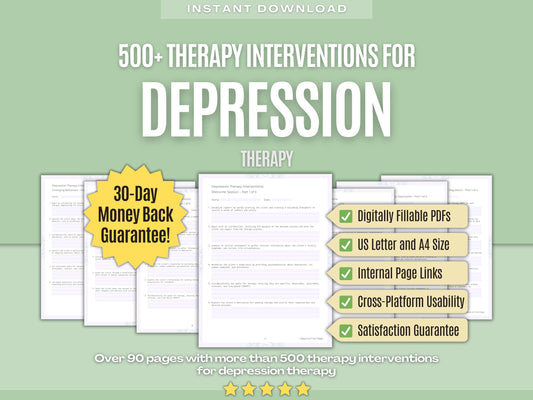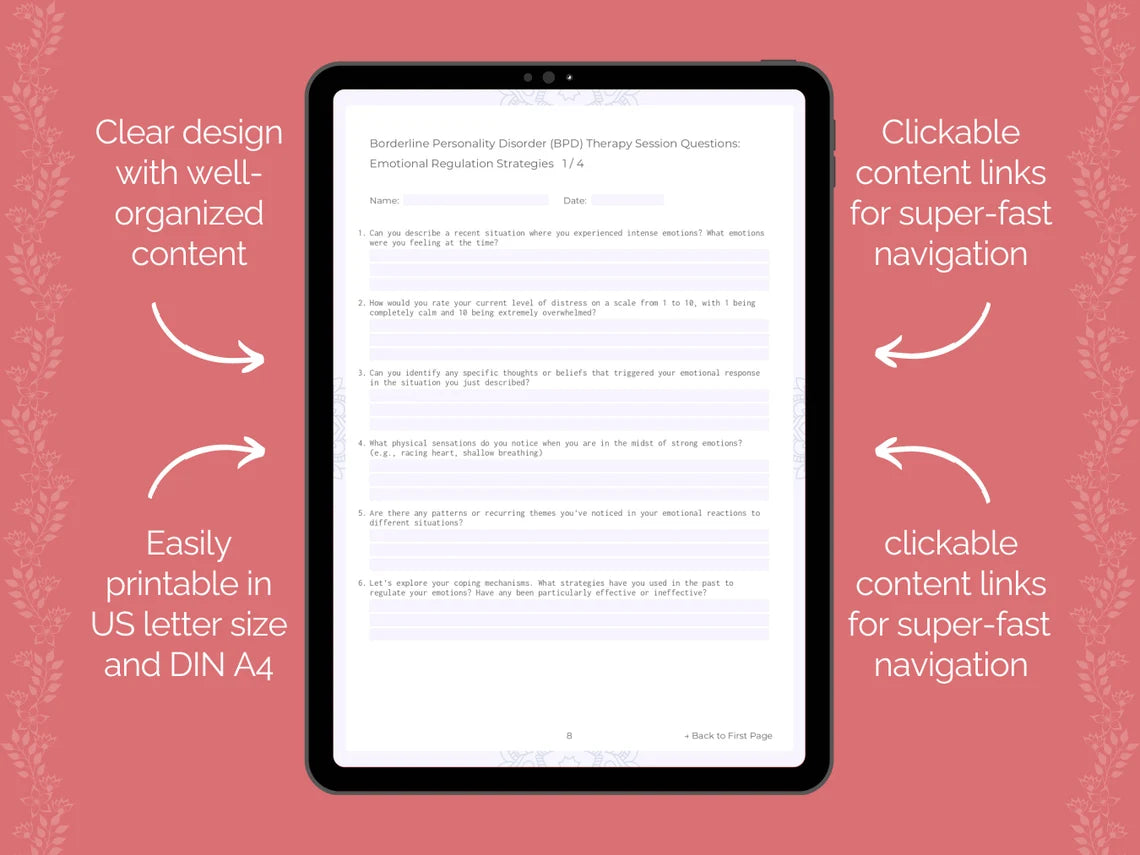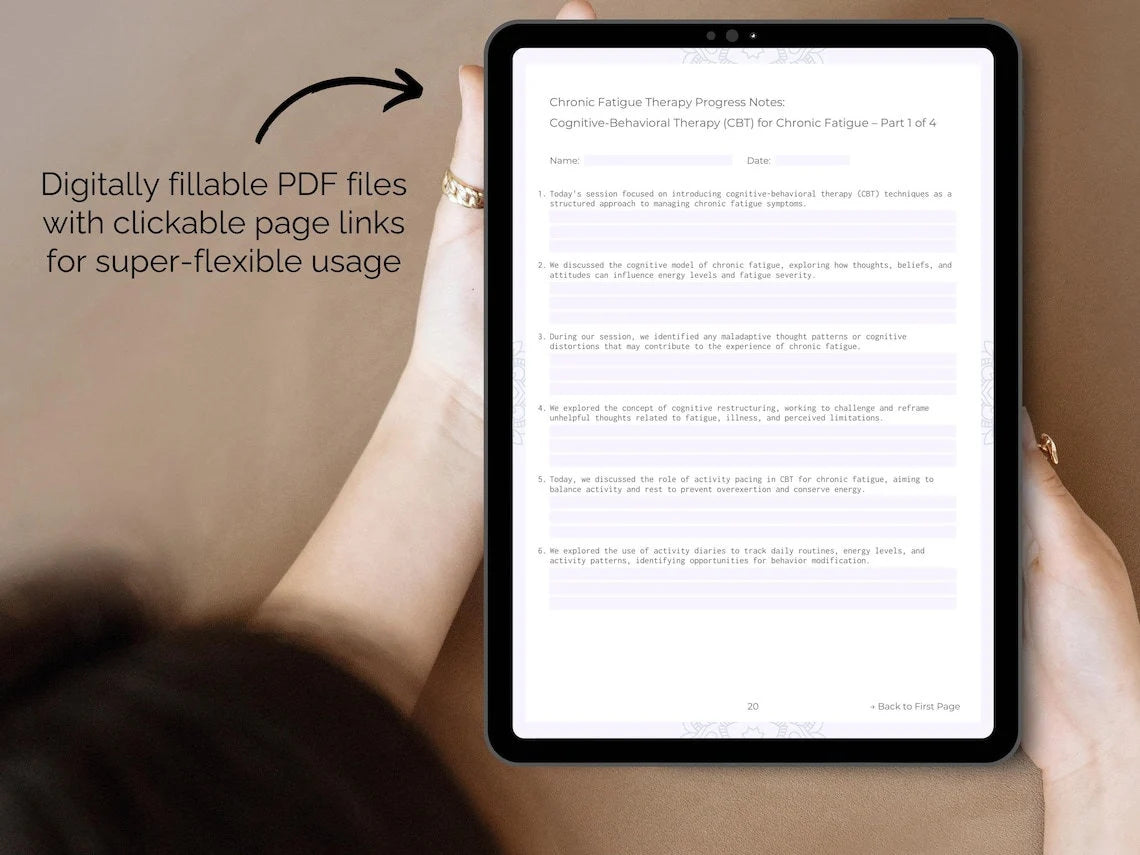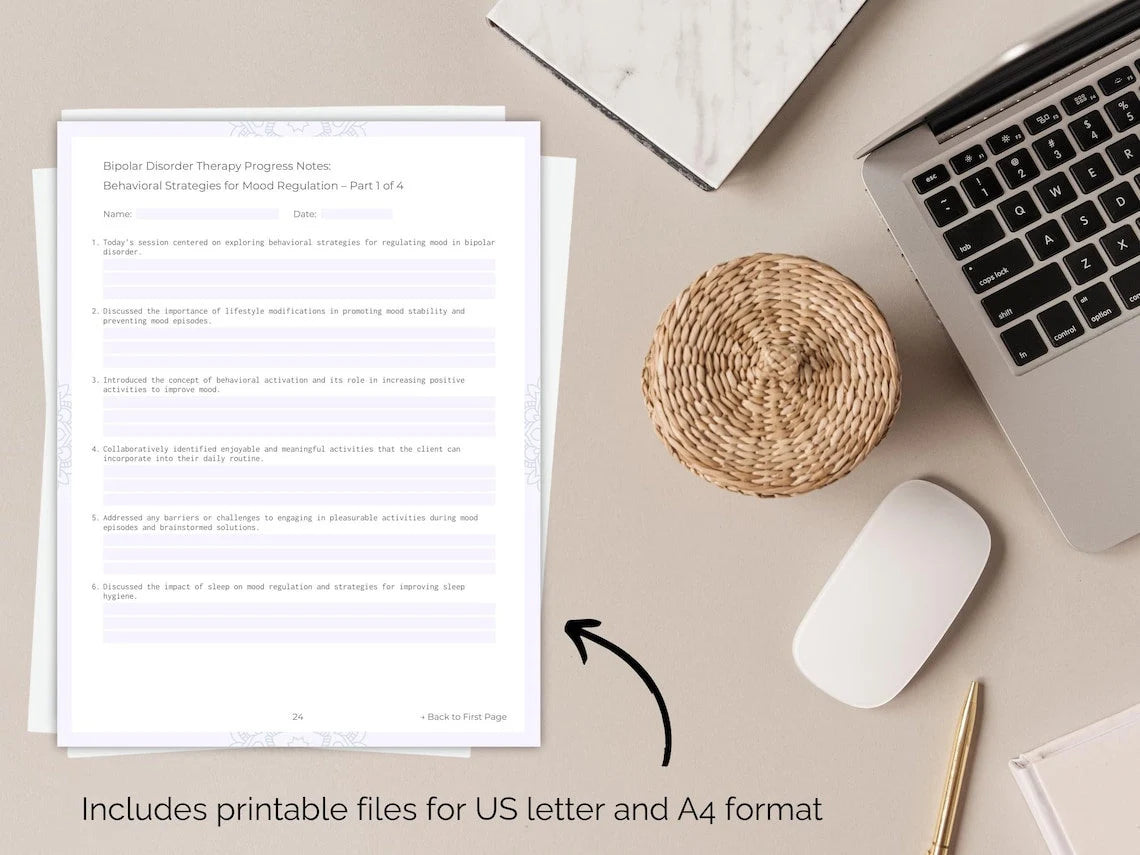Elevate Your Therapy and Guide Your Clients to Inner Healing with Our Obsessive-Compulsive Disorder (OCD) Therapy Interventions! ✨
1. Beginning OCD Management
- Establishing a Therapeutic Alliance: Building a strong rapport and fostering trust between the therapist and the client is foundational for effective OCD management.
- Psychoeducation on OCD: Providing information about the nature of OCD, its symptoms, and its underlying mechanisms helps clients understand their condition and reduces stigma.
- Identifying Triggers and Obsessions: Assisting the client in recognizing specific triggers or intrusive thoughts that contribute to their OCD symptoms enables targeted intervention strategies.
- Introducing Exposure and Response Prevention (ERP): Educating the client about ERP, a gold-standard treatment for OCD, and its principles lays the groundwork for future therapeutic interventions.
- Building Coping Skills: Teaching clients adaptive coping strategies, such as relaxation techniques, problem-solving skills, and cognitive restructuring, enhances their ability to manage OCD-related distress.
- Establishing a Support Network: Encouraging clients to seek support from friends, family, or support groups can provide additional resources and validation throughout their treatment journey.
- Graded Exposure Planning: Collaboratively developing a hierarchy of feared situations or stimuli with the client allows for systematic exposure in a structured and gradual manner.
- Addressing Avoidance Behaviors: Identifying and addressing avoidance behaviors that contribute to the maintenance of OCD symptoms is crucial for long-term symptom management.
- Encouraging Behavioral Experimentation: Encouraging clients to conduct experiments to test the validity of their OCD-related beliefs promotes cognitive flexibility and adaptive coping.
- Monitoring Progress: Regularly reviewing progress toward treatment goals and adjusting interventions as needed helps maintain momentum and motivation in therapy.
- Promoting Self-Monitoring: Empowering clients to monitor their symptoms and progress independently between sessions increases self-awareness and accountability.
2. Understanding OCD
- Psychoeducation on OCD: Providing clients with comprehensive information about the nature of OCD, including its symptoms, prevalence, and neurobiological underpinnings, lays the foundation for understanding their condition.
- Clarifying Common Obsessions: Helping clients identify common obsessions, such as contamination fears, fears of harm, and intrusive thoughts about morality or sexuality, validates their experiences and reduces feelings of isolation.
- Exploring Intrusive Thoughts: Normalizing intrusive thoughts and distinguishing between typical intrusive thoughts and those characteristic of OCD helps clients recognize when their thoughts become obsessions.
- Highlighting Safety Behaviors: Identifying safety behaviors, such as avoidance, neutralizing rituals, and reassurance-seeking, elucidates how these behaviors maintain the cycle of OCD by providing temporary relief from anxiety.
- Introducing the Concept of Fusion: Discussing cognitive fusion, or the tendency to become entangled with one's thoughts, helps clients understand how they can become fused with their OCD-related beliefs and obsessions.
- Exploring Triggers: Assisting clients in identifying specific triggers or situations that exacerbate their OCD symptoms enhances their understanding of the factors contributing to their distress.
- Identifying Cognitive Biases: Identifying common cognitive biases, such as selective attention, memory biases, and confirmation bias, increases clients' awareness of how their thinking patterns contribute to their OCD symptoms.
- Addressing Shame and Guilt: Exploring the role of shame and guilt in OCD helps clients understand the emotional components of their condition and reduces self-blame.
- Normalizing Reassurance-Seeking: Explaining how seeking reassurance is a common coping mechanism for individuals with OCD helps clients recognize the role of reassurance in maintaining their symptoms.
- Discussing the Concept of Control: Exploring clients' beliefs about control and how their attempts to control their thoughts and environment contribute to their distress enhances their understanding of the futility of control in OCD.
- Addressing Avoidance Coping Strategies: Discussing common avoidance coping strategies, such as substance use, procrastination, and withdrawal, helps clients recognize maladaptive patterns of coping.
3. Mindfulness for OCD
- Mindful Breathing: Teaching clients to focus their attention on their breath, noticing the sensations of inhaling and exhaling, helps cultivate present-moment awareness and anchor them in the present.
- Observing Thoughts: Encouraging clients to observe their thoughts as passing mental events without getting entangled in their content or trying to suppress them promotes cognitive defusion and reduces rumination.
- Grounding Techniques: Introducing grounding techniques, such as focusing on the sensations of the feet on the ground or noticing the contact points between the body and the chair, helps clients connect with the present moment and reduce anxiety.
- Mindful Eating: Encouraging clients to eat mindfully, paying attention to the taste, texture, and sensations of each bite, fosters present-moment awareness and helps disrupt compulsive eating rituals.
- Non-judgmental Observation: Encouraging clients to observe their experiences, including thoughts, emotions, and bodily sensations, without judgment or evaluation helps cultivate an attitude of acceptance and openness.
- Acceptance of Uncertainty: Helping clients cultivate acceptance of uncertainty by acknowledging that uncertainty is an inevitable part of life and learning to tolerate uncertainty without resorting to compulsive behaviors reduces anxiety and distress.
- Mindful Observation of Urges: Guiding clients to observe their urges to engage in compulsive behaviors with curiosity and detachment helps them develop a greater sense of agency and choice in responding to their urges.
- Mindful Gratitude Practice: Introducing clients to mindful gratitude practice, where they cultivate appreciation for the positive aspects of their lives, fosters resilience and reduces negative rumination.
- Mindful Body Awareness: Encouraging clients to cultivate awareness of bodily sensations, such as tension or discomfort, without trying to change or resist them, promotes acceptance and reduces somatic symptoms of anxiety.
- Mindful Time Awareness: Encouraging clients to bring awareness to their experience of time, noticing the passage of time without getting caught up in worries about the past or future, enhances present-moment awareness.
- Mindful Observation of Sensations: Guiding clients to observe bodily sensations, such as tension or discomfort, with curiosity and openness helps them develop a greater tolerance for physical discomfort and reduces avoidance behaviors.
4. Dialectical Behavior Therapy (DBT) for Emotional Regulation
- Emotion Regulation Skills Training: Teaching clients specific strategies to identify, understand, and manage their emotions effectively is foundational in DBT for emotional regulation.
- Identifying and Labeling Emotions: Assisting clients in identifying and labeling their emotions using a comprehensive emotion vocabulary enhances their emotional awareness and regulation abilities.
- Checking the Facts: Guiding clients to examine the accuracy and validity of their emotional interpretations and assumptions through evidence-based reasoning promotes cognitive flexibility and emotion regulation.
- Distract with Wise Mind: Helping clients distract themselves from overwhelming emotions by engaging in activities aligned with their values and goals cultivates resilience and emotional balance.
- Building Mastery: Encouraging clients to engage in activities that provide a sense of accomplishment and mastery promotes self-confidence and enhances emotional resilience.
- Radical Acceptance: Guiding clients to accept reality as it is, without judgment or resistance, helps them cope with distressing emotions and move towards emotional regulation.
- Building Positive Experiences: Supporting clients in cultivating positive experiences and connections in their lives enhances emotional well-being and resilience to emotional challenges.
- ABC PLEASE Skills: Teaching clients to attend to basic physiological needs, such as adequate sleep, nutrition, and exercise, enhances their capacity for emotional regulation.
- Crisis Survival Strategies: Providing clients with crisis survival strategies, such as distraction techniques or reaching out for support, helps them manage acute emotional crises effectively.
- Assertiveness Training: Teaching clients assertiveness skills to express their needs and boundaries effectively in relationships promotes emotional self-expression and reduces passive-aggressive behaviors.
- Progressive Relaxation: Guiding clients through progressive muscle relaxation exercises helps reduce physical tension and promote emotional relaxation.
5. Interpersonal Therapy (IPT) for Relationship Challenges
- Begin by educating the individual about the connection between OCD symptoms and interpersonal challenges, emphasizing how difficulties in relationships can exacerbate OCD and vice versa.
- Assist the individual in identifying specific relationship difficulties or conflicts that may be contributing to their OCD symptoms.
- Explore the impact of OCD on the person's relationships, including how it may affect their ability to connect with others, maintain intimacy, or fulfill social obligations.
- Encourage the person to set boundaries with others to protect their well-being and reduce stressors that may exacerbate their OCD symptoms.
- Explore the role of enabling behaviors within the person's relationships and work together to establish healthier boundaries and expectations.
- Teach the person and their loved ones about the importance of self-care and stress management techniques to reduce tension and improve overall relationship satisfaction.
- Explore the individual's attachment style and how it may influence their interpersonal dynamics and responses to OCD symptoms.
- Encourage the individual to seek social support from understanding friends, family members, or support groups who can provide empathy, validation, and practical assistance.
- Collaboratively develop a plan for rebuilding trust and repairing strained relationships that may have been impacted by OCD-related behaviors or conflicts.
- Assist the person in identifying and expressing their emotional needs and desires within their relationships, fostering greater intimacy and connection.
- Foster self-compassion and self-acceptance within the individual, emphasizing the importance of maintaining a healthy relationship with oneself as a foundation for healthy interpersonal connections.
6. Emotion-Focused Therapy (EFT) for Anxiety
- Begin by helping the individual identify and label their emotions related to their OCD symptoms, creating a foundation for emotion-focused exploration and intervention.
- Explore the function and purpose of the individual's anxiety and OCD symptoms within the context of their emotional experience, highlighting the underlying emotions that drive these behaviors.
- Use emotion-focused techniques, such as emotion tracking or journaling, to help the individual monitor and understand their emotional responses to OCD triggers and situations.
- Validate the person's emotional experiences and responses, acknowledging the validity of their feelings and the challenges they face in managing anxiety and OCD.
- Assist the person in identifying and challenging maladaptive emotion regulation strategies, such as avoidance or suppression, that may exacerbate their OCD symptoms.
- Facilitate emotion-focused role-playing exercises to help the person practice expressing their emotions assertively and effectively in challenging situations.
- Explore the relational aspects of the person's anxiety and OCD symptoms, including how their emotions may be influenced by interpersonal dynamics and relationships.
- Assist the person in developing a personalized emotion regulation toolkit, consisting of coping strategies and self-soothing techniques tailored to their specific emotional needs.
- Foster emotional flexibility and adaptability by helping the person cultivate a wider range of emotional responses and coping strategies to navigate OCD-related anxiety.
- Use mindfulness and grounding techniques to help the individual stay present and connected to their emotions, reducing the intensity of anxiety and OCD symptoms.
- Validate the person's experiences of ambivalence and conflicting emotions related to their OCD symptoms, acknowledging the complexity of their emotional landscape.
7. Psychodynamic Understanding of OCD
- Begin by exploring the individual's early childhood experiences and attachment relationships, recognizing the potential impact of these formative experiences on the development of OCD symptoms later in life.
- Explore the role of defense mechanisms, such as repression or displacement, in the person's efforts to manage underlying anxiety or distress through compulsive behaviors or intrusive thoughts.
- Use psychodynamic interpretation to help the person gain insight into the underlying psychological conflicts or meanings embedded within their OCD symptoms, fostering self-awareness and understanding.
- Assist the person in recognizing and processing unconscious guilt or shame that may be associated with their OCD symptoms, helping them work through feelings of self-blame or inadequacy.
- Use psychodynamic exploration to help the person uncover and process underlying feelings of anger or resentment that may be directed towards themselves or others and manifesting in OCD symptoms.
- Explore the person's internal conflicts around autonomy and dependency, recognizing how these conflicts may manifest in their relationship with their OCD symptoms.
- Assist the person in recognizing and processing unconscious fears of loss of control or abandonment that may be driving their compulsive behaviors or intrusive thoughts.
- Assist the person in recognizing and processing unconscious fears of intimacy or vulnerability that may be underlying their OCD symptoms, helping them work through relational barriers.
- Use psychodynamic interpretation and exploration to help the person integrate insights gained from therapy into their broader understanding of themselves and their life journey, fostering growth and self-acceptance.
- Assist the person in identifying and exploring recurring themes or motifs in their OCD symptoms, recognizing how these themes may reflect deeper psychological dynamics or conflicts.
- Encourage the individual to explore the role of repetition and ritual in their OCD symptoms, recognizing how these behaviors may serve as unconscious attempts to manage anxiety or uncertainty.
8. Soothing with Music Therapy
- Begin by introducing the concept of music therapy as a therapeutic approach for managing stress, anxiety, and other emotional challenges commonly associated with OCD.
- Use guided relaxation techniques paired with calming music to help the person reduce tension and promote a sense of relaxation in both mind and body.
- Use music as a tool for emotional expression, allowing the individual to channel and release pent-up feelings of anxiety, frustration, or sadness through listening or creating music.
- Use guided imagery techniques paired with evocative music to help the person visualize calming and peaceful scenes, fostering a sense of inner tranquility and serenity.
- Use music therapy interventions to help the person regulate their breathing and heart rate, promoting a state of physiological relaxation and calmness.
- Encourage the person to engage in movement-based activities, such as dancing or swaying to music, to release tension and promote a sense of embodied relaxation.
- Explore the use of lyric analysis as a means of exploring and processing emotions related to OCD symptoms, using music as a catalyst for self-reflection and introspection.
- Use music therapy interventions to help the person develop coping skills and strategies for managing OCD symptoms, such as using music to distract from intrusive thoughts or redirect attention away from compulsive behaviors.
- Encourage the person to engage in collaborative music-making activities, such as group singing or playing in an ensemble, to foster a sense of connection and belonging with others.
- Explore the use of ambient soundscapes or nature sounds as a means of promoting relaxation and reducing stress, providing a soothing backdrop for therapeutic activities.
- Use music therapy interventions to help the person develop a personalized relaxation ritual that incorporates calming music as a central component, providing a structured framework for managing stress and anxiety.
9. Concluding OCD Therapy
- Reflect on the progress made throughout the course of OCD therapy, acknowledging the individual's efforts and achievements in managing their symptoms and improving their quality of life.
- Explore any remaining challenges or unresolved issues that the individual may be facing, providing validation and support as they navigate these obstacles in their recovery journey.
- Encourage the person to reflect on their experiences in therapy, identifying insights gained, coping strategies learned, and personal growth achieved throughout the process.
- Discuss the possibility of follow-up sessions or booster sessions to provide additional support and reinforcement as needed, particularly during times of increased stress or transition.
- Offer resources and referrals for continued support, such as support groups, online forums, or additional therapy services, to help the individual build a strong support network for ongoing recovery.
- Discuss the importance of setting realistic expectations for recovery, acknowledging that setbacks and challenges are a natural part of the healing process and emphasizing the importance of resilience and perseverance.
- Discuss strategies for managing stress and anxiety in daily life, emphasizing the importance of healthy coping mechanisms, such as relaxation techniques, mindfulness practices, and engaging in enjoyable activities.
- Discuss any potential triggers or risk factors for relapse, exploring strategies for identifying and managing these triggers proactively to prevent recurrence of symptoms.
- Discuss the importance of ongoing communication with healthcare providers, family members, and support networks, encouraging the individual to reach out for help and support when needed.
- Explore the individual's hopes and aspirations for the future, helping them envision a life beyond OCD where they can pursue their goals and dreams with confidence and optimism.
- Discuss the potential benefits of post-treatment support services, such as alumni groups or maintenance therapy sessions, to help the individual stay connected and supported in their ongoing recovery journey.
10. Reflections on the Therapy Journey
- Begin by inviting the individual to reflect on their therapy journey, encouraging them to explore their experiences, insights, and growth throughout the process.
- Encourage the person to reflect on the reasons why they initially sought therapy for OCD, exploring the specific challenges or concerns that led them to seek support.
- Explore any changes or shifts in the individual's thoughts, feelings, or behaviors that have occurred over the course of therapy, recognizing the growth and development they have experienced.
- Encourage the person to reflect on the challenges or obstacles they have encountered in therapy, exploring how they have navigated these difficulties and what they have learned from the experience.
- Invite the individual to reflect on their relationship with their OCD symptoms, exploring any shifts in their understanding or acceptance of their symptoms over the course of therapy.
- Encourage the person to reflect on their strengths and resources, exploring how these assets have supported them in managing their OCD symptoms and overcoming challenges.
- Discuss the individual's goals and aspirations for the future, exploring how they envision their life beyond therapy and what steps they plan to take to maintain their progress and well-being.
- Explore any lingering fears or concerns the individual may have about the future, validating their feelings and offering support and reassurance as they transition out of therapy.
- Invite the person to reflect on their experience of change and growth in therapy, discussing how they have evolved as a person and how they plan to continue growing and evolving in the future.
- Discuss any insights or lessons the individual has learned about themselves, their relationships, or their life circumstances through the process of therapy.
- Explore the individual's experience of closure and transition as therapy comes to an end, discussing any feelings of loss or sadness as well as feelings of accomplishment and growth.
We hope that our therapy interventions for Obsessive-Compulsive Disorder (OCD) therapy will help you to elevate your therapy practice and guide your clients to inner healing! Do you need more therapy interventions for Obsessive-Compulsive Disorder (OCD) therapy? Find them all in our Digital Workbook! Or do you have any questions or suggestions for us? Please feel free to contact us at any time!
